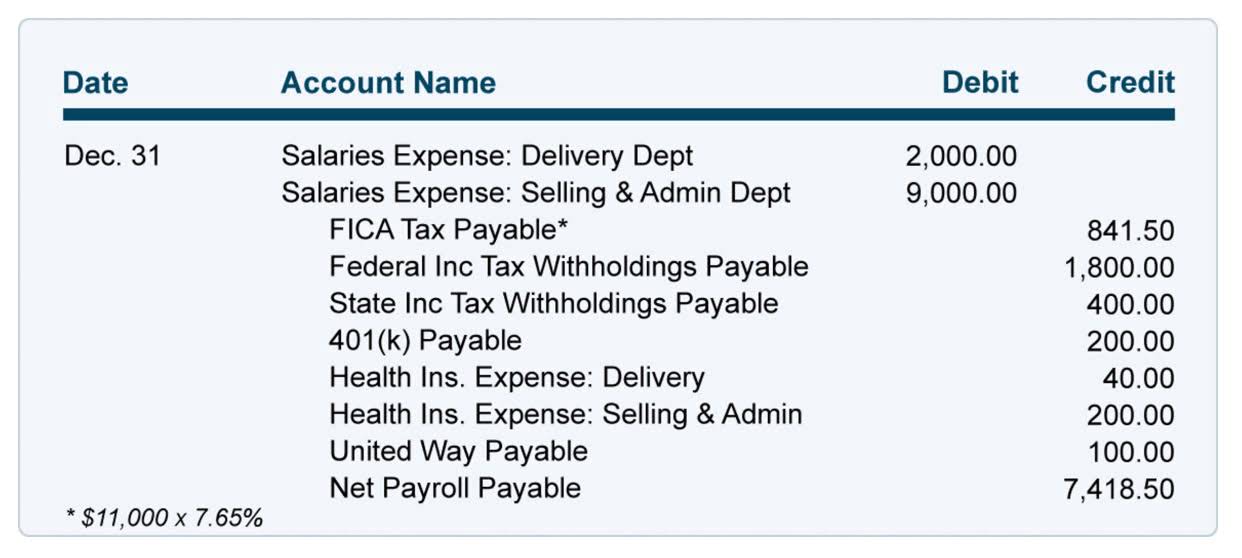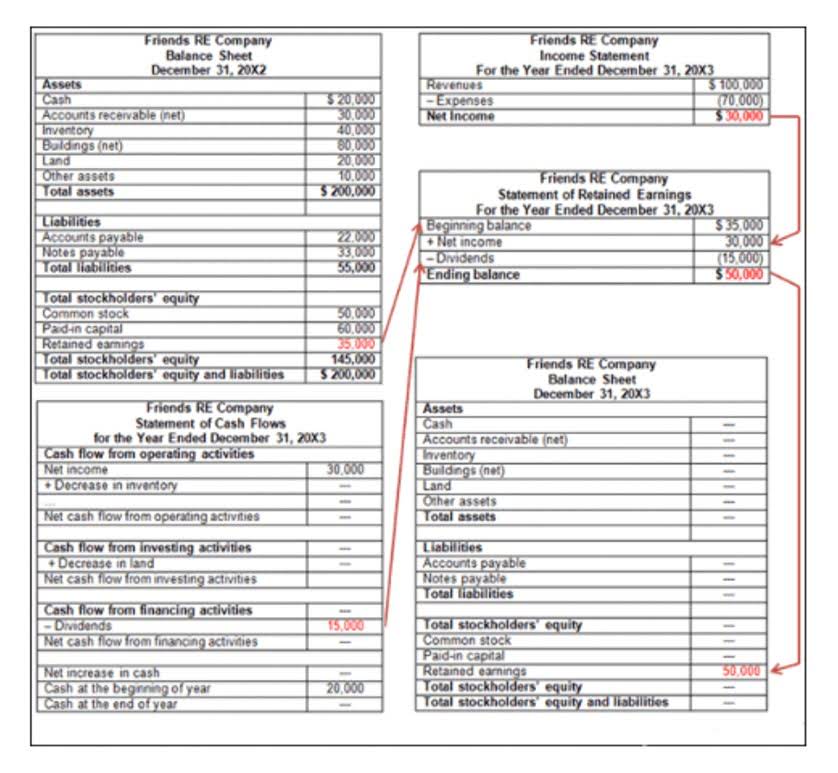Content
- Premium Investing Services
- Income Method
- Terms Similar to Unearned Revenue
- What Is Unearned Revenue? A Definition and Examples for Small Businesses
- Difference between prepaid expense and unearned revenue by example:
- Example 2 Recognizing Revenues When Earning Occurs In A Later Period
- When Should unearned revenue reclassify to revenue?
The second entry is as a credit to unearned revenue; the value of which is available funds for the work to be performed. Unearned revenue refers to revenue your company or business received for products or services you are yet to deliver or provide to the buyer . The contract requires the equipment to be delivered first for consideration of $6,000. Total contract price amounts to $12,000 and is invoiced annually on January 31, in the amount of $4,000 per year. On January 1, 2019, the customer receives the equipment and pays the entity $4,000. The equipment and the maintenance services are distinct performance obligations, and the maintenance part of the contract was deemed to be a stand-ready obligation.
- When a business takes in unearned revenue, it must record the payment by debiting its cash account for the amount of money received in advance and crediting its unearned revenue account.
- A few typical examples of unearned revenue include airline tickets, prepaid insurance, advance rent payments, or annual subscriptions for media or software.
- Unearned revenue is listed under “current liabilities.” It is part of the total current liabilities as well as total liabilities.
- Unearned revenue is also referred to as deferred revenue and advance payments.
- However, those wondering “is unearned revenue a liability in the long-term” could also be proven correct when looking at a service that will take longer than a year to deliver.
Thus, if it plows five times during the first month of the winter, it could reasonably justify recognizing 25% of the unearned revenue (calculated as 5/20). This approach can be more precise than straight line recognition, but it relies upon the accuracy of the baseline number of units that are expected to be consumed (which may be incorrect). This is also a violation of the matching principle, since revenues are being recognized at once, while related expenses are not being recognized until later periods. Here is an example of Beeker’s Mystery Box and what their balance sheet might look like.
Premium Investing Services
A prepaid expense is a type of asset on the current assets section of the balance sheet. These are payments made in advance to receive products or services at a later date. There are several instances where a company could generate revenue before providing the goods or services that go with it. Unearned revenue is classified as a current liability on the balance sheet. It is a liability because it reflects money that has been received while services to earn that money have yet to be provided.
If the company failed to deliver, it would still owe that money to the customer so it cannot be recorded as revenue just yet. Businesses can profit greatly from unearned revenue as customers pay in advance to receive their products or services. The cash flow received from unearned, or deferred, payments can be invested right back into the business, unearned revenue is classified as perhaps through purchasing more inventory or paying off debt. Unearned revenue is the money received by a business from a customer in advance of a good or service being delivered. It is the prepayment a business accrues and is recorded as a liability on the balance sheet until the customer is provided a service or receives a product.
Income Method
Once the unearned income is classified, the next step is to record the transaction in the company’s financial records. The received money is recorded as cash in the company’s asset account, and an equal amount is recorded as unearned revenue in the company’s liability account on the balance sheet. Unearned revenue, by its nature, is a liability for a company because it represents a service or product that the company is obligated to provide in the future.
The company classifies the revenue as a short-term liability, meaning it expects the amount to be paid over one year for services to be provided over the same period. Note that when the delivery of goods or services is complete, the revenue recognized previously as a liability is recorded as revenue (i.e., the unearned revenue is then earned). Look below to see an example of the two journal entries your business will need to create when recording unearned revenue.
Terms Similar to Unearned Revenue
Creating and adjusting journal entries for unearned revenue will be easier if your business uses the accrual accounting method, of which the revenue recognition principle is a cornerstone. Unearned revenues are more common in insurance companies and subscription-based service providers. Unearned revenue is most common among companies selling subscription-based products or other services that require prepayments. Classic examples include rent payments made in advance, prepaid insurance, legal retainers, airline tickets, prepayment for newspaper subscriptions, and annual prepayment for the use of software. When a company pays money in advance to another service provider, it will have to receive the services in the future.
When the services are delivered to the customer gradually over time, revenue is equally recorded and realized in the income statement. On the other hand, the prepaid expense is an asset amount in which the company pays some cash in advance for some services that will be delivered to the company at a later date by their suppliers. Since unearned revenue represents a company’s current liability, it has a direct impact on a company’s working capital. An example of unearned revenue could be a software company that receives payment for a year’s worth of software updates that have yet to be provided.



قم بكتابة اول تعليق